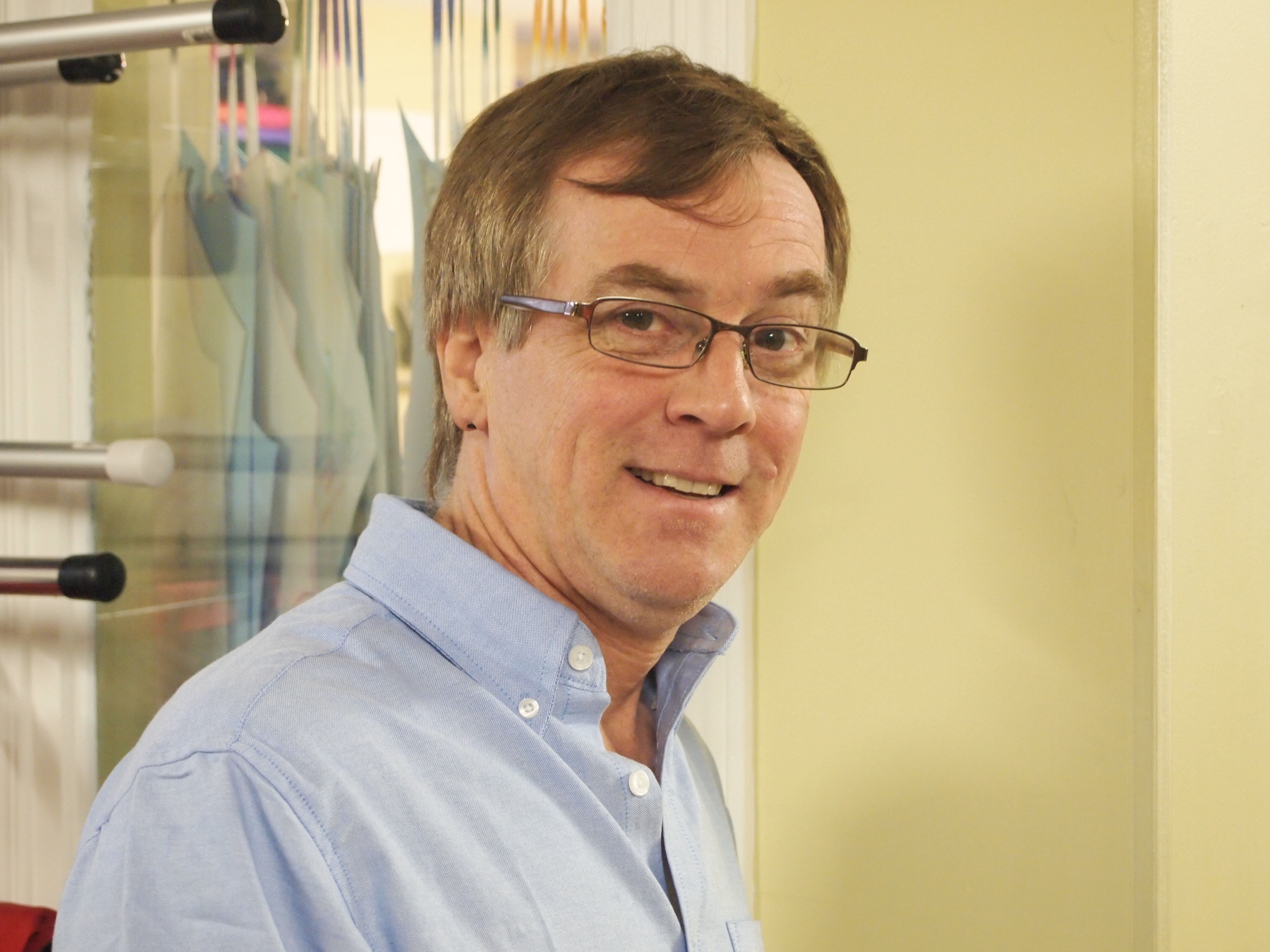Adobe, Harmonic Integrate for Broadcast Editing
Geoff Stedman
SUNNYVALE, CALIF.—Adobe and Harmonic have partnered to improve the integration between Adobe's video editing products (such as Premiere) and Harmonic's Omneon MediaGrid shared storage system. Their mutual goal is to create a seamless end-to-end video editing suite for broadcast news and TV program productions. In doing so, both companies are seizing an opportunity created by Apple's Final Cut Pro X, which has shifted the platform's focus to post production and away from broadcast group applications.
"Broadly speaking, we want our combined Adobe/Harmonic platform to become the preferred solution for broadcast customers," says Geoff Stedman, Harmonic's senior vice president of corporate marketing. "To do this, they need to be able to trust that, whenever they buy a joint Adobe/Harmonic production solution, it will deliver the highest possible performance for their organization.
"Broadcasters are looking for the freedom to choose best-of-breed applications, but also the assurance that their complete workflow has been tested under load," adds Jim Guerard, Adobe Professional Video and Audio general manager/vice president. "Adobe and Harmonic's quality assurance teams are working together to test end-to-end workflows under real-world conditions and optimizing performance so that customers will have predictable, rock-solid performance."

Omneon MediaGridWHAT NEEDS TO BE DONE
Even without the benefits of an end-to-end partnership, Adobe is already gaining serious traction in the broadcast production market. "We are growing by 30 percent year over year," Guerard says. "Today, Adobe video editing products are being used by the BBC, CNN, Hearst and Media General."
Moreover, many broadcasters are already using Adobe software in tandem with Omneon media servers, says Stedman. In fact, "right out of the box we can put together Adobe's video tools with Omneon media servers, and they work fine."
So why the partnership? "We need to jointly improve the scalability of our mutual systems, so that they can support more users," Stedman replies. To tackle the multi-user challenge, the two companies are working with Film Partners' MFX server platform, which works well in multiple editor applications.
"We also need to speed up the process, because broadcast operators are very sensitive to time-related deadlines; especially in news," he adds. "In general, they require editing systems to produce content as fast as possible--and that's a big focus for us."
Is the Adobe/Harmonic partnership a merger by other means? Apparently no: Both companies intend to maintain their separate identities, while bringing their teams together to deal with the integration issues.
"We already work together in marketing our products and cross-training users, so it's not a big stretch," says Geurard. "Besides, we're right down the street from each other in San Jose, California, so physically getting together isn't an issue," Stedman adds.
IMPACT ON BROADCASTERS
For broadcast TV production departments, the Adobe/Harmonic partnership appears to be good news. It certainly provides the industry with another alternative to Final Cut Pro, using software and hardware that are already known quantities and in widespread deployment.
"We are serious about being broadcasters' preferred choice," says Stedman. "That's what this partnership is all about."
Adobe and Harmonic showcased each other's products in their respective IBC 2011 booths, underlining the advantages of using both product lines together.
"Quick-turn broadcast workflows like studio and news and sports highlights require access to video materials within seconds of being captured, either from studio cameras or satellite feeds." Guerard says.
Get the TV Tech Newsletter
The professional video industry's #1 source for news, trends and product and tech information. Sign up below.
James Careless is an award-winning journalist who has written for TV Technology since the 1990s. He has covered HDTV from the days of the six competing HDTV formats that led to the 1993 Grand Alliance, and onwards through ATSC 3.0 and OTT. He also writes for Radio World, along with other publications in aerospace, defense, public safety, streaming media, plus the amusement park industry for something different.

